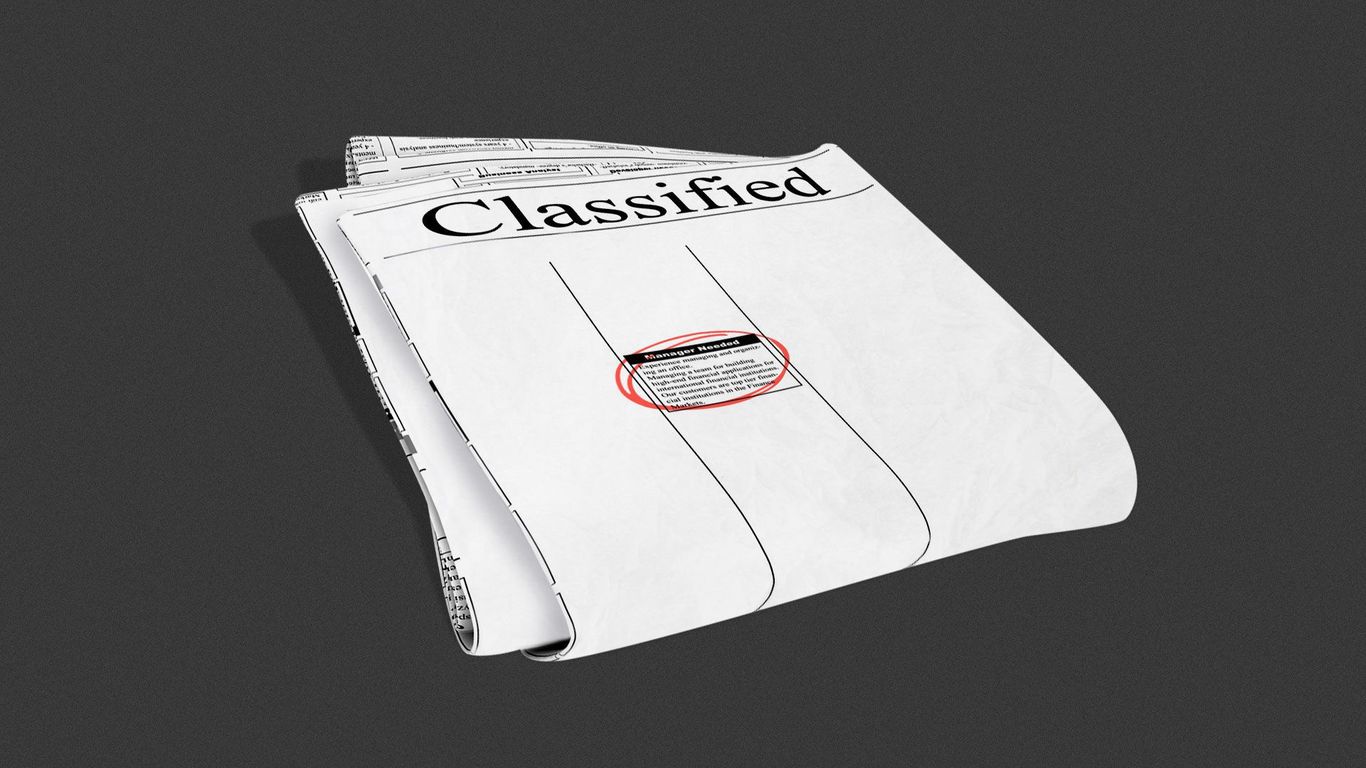
This week's spate of data highlighted the difficulties Americans who have lost their jobs have had bouncing back from the coronavirus pandemic, and just how much those who have managed to keep their jobs have been working.
What's happening: The Labor Department reported Thursday that the productivity of American workers fell by a revised 4.2% annual rate in the fourth quarter, the largest decline in 39 years.
- The productivity decline was due to an increase in output by 5.5% that was accompanied by a 10.1% increase in hours worked.
- Unit labor costs and hourly compensation both increased, but largely because lower-wage workers have disproportionately been pushed out of the labor force, driving up the average.
What it means: Less people are working and those who are, are working more.
Between the lines: The increased work employees have done has been great for big companies, who have significantly cut back their workforce numbers over the past year.
- Companies with more than 1,000 total employees cut more than 5,000 jobs in February and reduced their labor headcount by 4.7 million jobs since February 2020, according to ADP's private payrolls data.
- Over the past three months, companies with 1,000-plus employees shed an average of 39,000 employees a month, while companies with 1–49 employees added an average of 26,500.
Why it matters: The pandemic has shifted the business landscape to one that strongly favors large companies over small ones, so we can likely expect more of this in the future.
The big picture: Big companies have been able to feast on record-low borrowing rates as the Fed's quantitative easing programs and implicit backstopping of the bond market have made it easy for just about any large company to raise money by issuing debt.
- Small companies without capital market access have seen much the opposite, as banks have tightened lending standards and pandemic-hit businesses have struggled to survive with minimal support from government programs like the Paycheck Protection Program.
Why you'll hear about this again: The Fed and chair Jerome Powell say they are keeping interest rates low and maintaining incredibly easy monetary policy as part of the effort to tighten the labor market and help Americans get back to work.
- But big companies have shown they aren't using the Fed's bounty to hire workers. They are hoarding money in cash reserves and investing in new technology designed to replace workers.
Of note: Thursday's initial jobless claims data showed that another 1.2 million Americans filed for first-time unemployment claims last week, and 18 million remained on unemployment insurance as of Feb. 13.
"really" - Google News
March 05, 2021 at 07:40PM
https://ift.tt/2OukVOQ
Workers are getting a really bad deal - Axios
"really" - Google News
https://ift.tt/3b3YJ3H
https://ift.tt/35qAk7d
Bagikan Berita Ini














0 Response to "Workers are getting a really bad deal - Axios"
Post a Comment